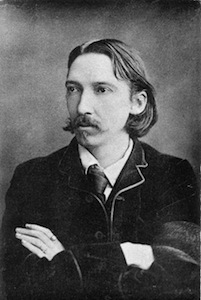The writing style of
Robert Louis Stevenson
Robert Louis Stevenson
1850-1894
Scottish novelist and travel writer, best known for 'Treasure Island' and 'Strange Case of Dr Jekyll and Mr Hyde'.
Robert Louis Stevenson, a luminary of 19th-century literature, is celebrated not only for his adventurous tales but also for his distinctive writing style, which continues to captivate readers and influence writers. His prose, characterized by its clarity, rhythm, and vivid imagery, makes his narratives both accessible and engaging.
Stevenson’s sentence structure often reflects the pace and mood of his narratives. In action-packed scenes, his sentences are typically shorter, creating a quickened pace that pulls readers along the unfolding events. Conversely, in more reflective passages, his sentences flow more languidly, mirroring the contemplative mood of his characters. This dynamic use of sentence length helps to build tension and provide relief, guiding the reader’s emotional response throughout the narrative.
Word choice in Stevenson’s work is notably precise and evocative. He had a knack for choosing the right word to conjure a specific image or emotion, making his descriptions vivid and memorable. His vocabulary is rich but not overly complex, striking a balance that makes his texts enjoyable and comprehensible to a wide audience. This careful selection of words also reflects his deep understanding of his characters’ worlds, whether he is describing the dark streets of Victorian London or the exotic landscapes of the South Seas.
Stevenson’s use of literary devices like personification and metaphor adds a layer of depth to his writing, animating his settings and themes with a lively spirit. For instance, he often personifies nature to reflect the inner turmoil or emotions of his characters, a technique that enriches the reader’s engagement with the text.
The structure of Stevenson’s novels and stories often includes multiple narratives or a story within a story, a method that allows him to explore different perspectives and build a rich, multi-layered narrative. This technique not only deepens the plot but also adds a complexity that invites readers to think critically about the nature of storytelling itself.
Stevenson’s style is a blend of directness and complexity, marked by rhythmic prose, vivid language, and a masterful control of narrative pace. His writing not only tells a story but also weaves a tapestry of linguistic artistry that has stood the test of time, continuing to delight and inspire.
